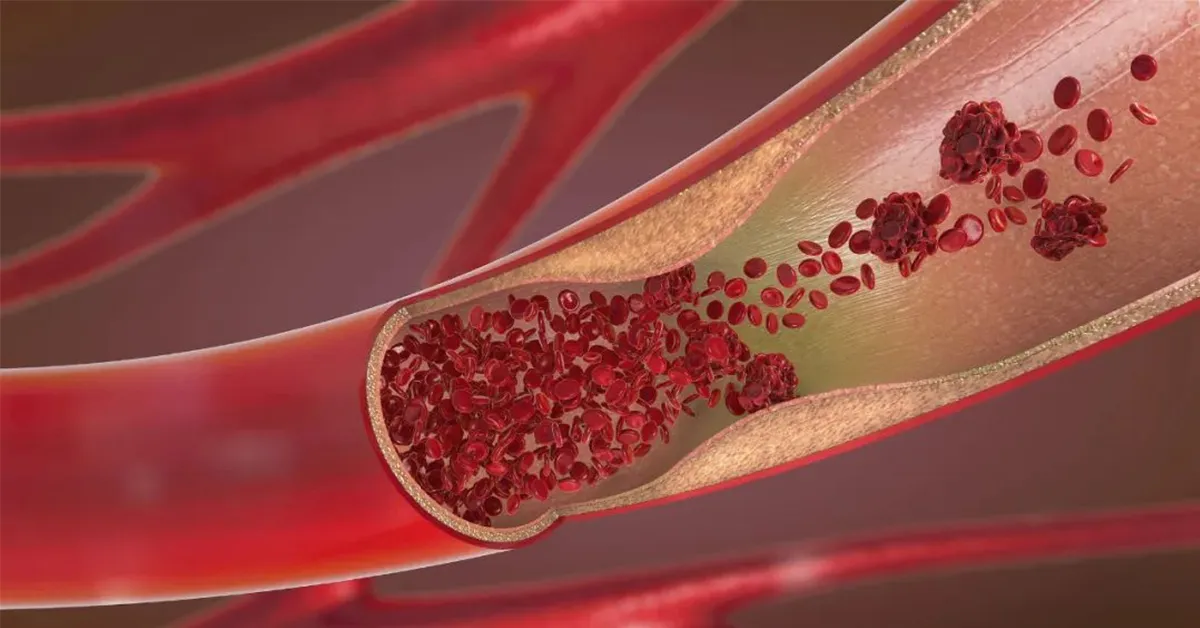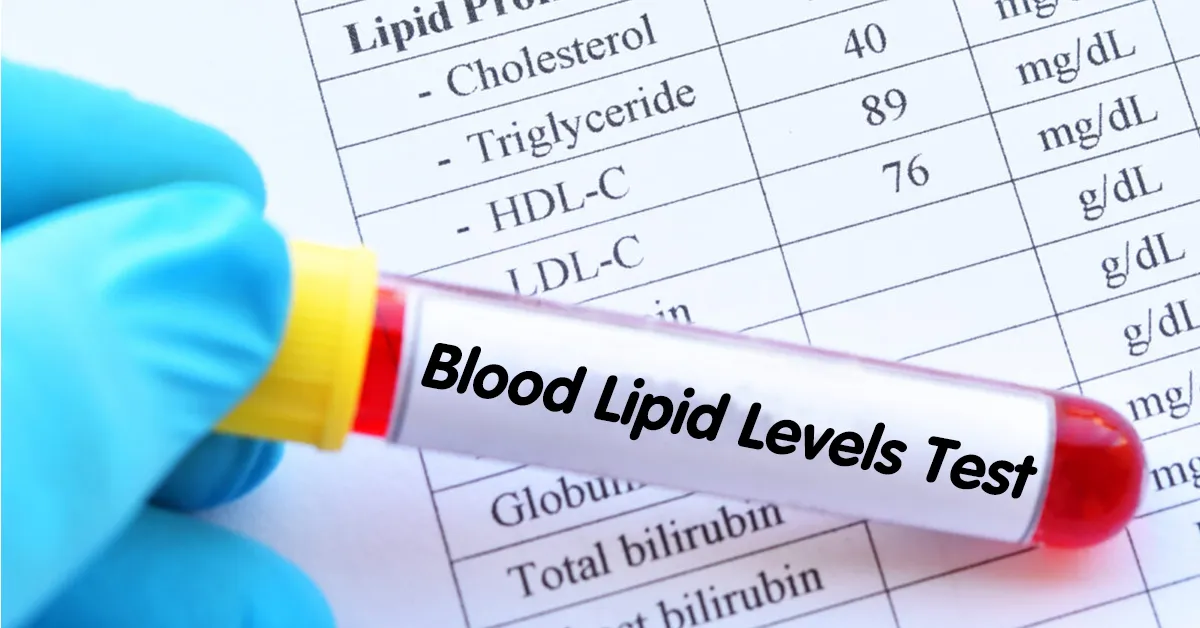High blood lipid levels often do not present with obvious symptoms, but they can silently and gradually clog one blood vessel after another. In the eyes of doctors, “after waking up in the morning” is a time when high blood lipid levels are likely to reveal themselves, as some inconspicuous symptoms indicate that blood lipid levels are too high.

If you experience these 4 symptoms when you wake up in the morning, your blood lipid levels may be too high
Drowsiness and weakness
After a good night’s sleep, you should feel energetic and refreshed when you wake up in the morning. However, people with high blood lipid levels have increased blood viscosity and poor blood circulation, so they still feel tired, weak, and groggy after waking up in the morning. This condition can generally be improved after breakfast.
Dizziness and headache
High blood lipid levels can also affect blood circulation in the brain, causing dizziness and headaches upon waking in the morning.
Shortness of breath
For people with high blood lipid levels, excessive lipid deposits on the blood vessel walls can impair blood flow, potentially leading to myocardial ischemia and hypoxia, resulting in chest tightness and shortness of breath. Upon waking, the heart’s demand for oxygen increases, which may exacerbate symptoms of chest tightness and shortness of breath.
Numbness in the hands and feet
People with high blood lipid levels are prone to numbness and heaviness in their hands and feet due to insufficient blood supply.

Based on four criteria, dyslipidemia can be classified as follows:
- Hypercholesterolemia (TC ≥ 5.2 mmol/L)
- Hypertriglyceridemia (TG ≥ 1.7 mmol/L)
- High low-density lipoprotein cholesterol (LDL-C ≥ 3.4 mmol/L)
- Low high-density lipoprotein cholesterol (HDL-C < 1.0 mmol/L)
If one or more of these four criteria are abnormal, it is classified as dyslipidemia.
What happens if blood lipid levels remain high?
Formation of blood clots
If blood lipid levels remain high, blood viscosity will increase, making it easier for plaques to form. When plaques detach, they gradually form blood clots. Wherever a blood clot forms, it will cause serious damage to that area and may even be life-threatening.
Cause kidney disease
If blood lipid levels remain high, the glomeruli will not receive an adequate blood supply, which will increase the burden on the kidneys. Over time, this may lead to serious kidney disease.
Aggravate diabetes complications
Patients with diabetes who also have elevated blood lipid levels are more prone to complications.

These tips will help you control your blood lipid levels.
Limit fat intake
A balanced diet has a significant impact on blood lipids, mainly by limiting the intake of saturated fatty acids and trans fatty acids.
The total intake of oils and fats should be limited to 20-25 grams per day, and it is recommended to reduce the intake of foods high in fat, cholesterol, and sugar.
Replace saturated fatty acids (animal fats, palm oil, etc.) with unsaturated fatty acids (vegetable oils) and avoid trans fatty acids (hydrogenated vegetable oils, etc.).
Individuals with atherosclerotic cardiovascular disease or those with hypercholesterolemia should limit their dietary cholesterol intake to less than 300 milligrams per day.
A more varied diet
Increase your intake of vegetables, fruits, whole grains, konjac noodles, dietary fiber, and fish. It is recommended to consume approximately 500 grams of vegetables and 350 grams of fruit daily. Eat more fiber-rich soybeans and soy products. Eat deep-sea fish at least twice a week.
Keep up with regular exercise
Engaging in moderate exercise every week can help promote blood circulation and lipid metabolism. It is recommended to engage in aerobic exercise 3 to 5 times a week, with each session lasting at least 30 minutes. Swimming, brisk walking, and cycling are all excellent options.
Maintain good lifestyle habits
For example, quitting smoking, limiting alcohol consumption, and avoiding staying up late. Alcohol consumption is an important factor in elevated triglyceride levels, and individuals with elevated levels should strictly limit their alcohol intake.

Who should pay close attention to their blood lipid levels?
- Individuals with a history of atherosclerotic cardiovascular disease.
- High-risk groups for atherosclerotic cardiovascular disease, such as those with hypertension, diabetes, obesity, or smoking habits.
- Individuals with a family history of early-onset cardiovascular disease.
- Patients with familial hyperlipidemia.
- Individuals with xanthomas on the skin or tendons, or thickening of the Achilles tendon.
How often should blood lipids be tested?
- Individuals aged 40 years and older should have their blood lipids tested every 2 to 5 years.
- Patients with atherosclerotic cardiovascular disease and those at high risk should have their blood lipids tested every 3 to 6 months.
- Patients hospitalized for atherosclerotic cardiovascular disease should have their blood lipids tested upon admission or within 24 hours of admission.






